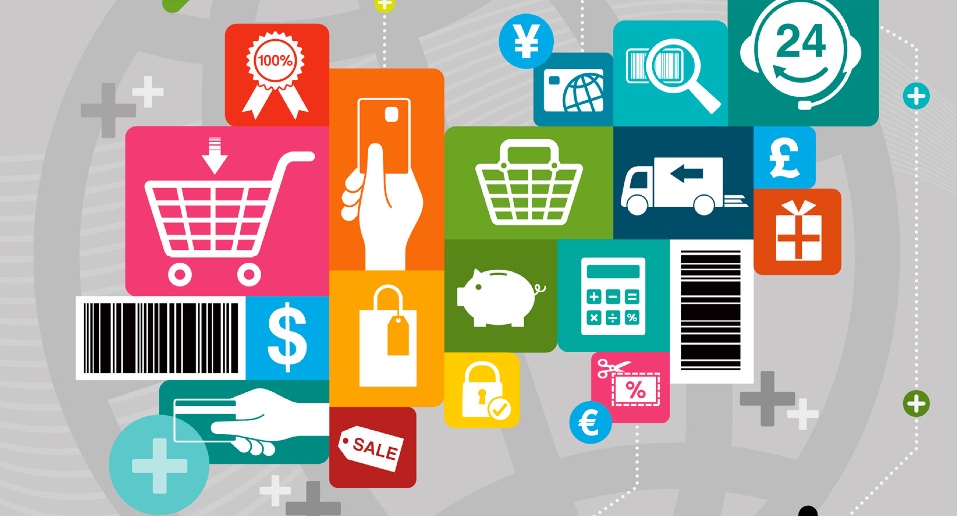
This is the first of a four-part series on Intelligent CPQ. See also 4 Steps to Price Optimization, How to Integrate CPQ with ERP and CRM and The Future of CPQ Pricing Capabilities.
Modern Configure-Price-Quote (CPQ) solutions must provide more capabilities beyond a strong Product Configurator. One of these advanced, intelligent capabilities is Price Optimization.
Traditionally, Price Optimization was only available to big organizations like airlines and hotel chains but with more data now gathered by most businesses, advances in artificial intelligence (especially machine learning) and faster computers, more companies can benefit from Price Optimization. It is especially interesting in combination with CPQ because it can help the sales team find the best price points for configurable products quickly without using excessive discounts.
What is Price Optimization? The process of finding the optimal (or highest) price (or price range) a customer is willing to pay for a product or service at a given time while still making a profit.
Price Optimization capabilities are not commonly used in most CPQ solutions today. But since this capability directly impacts a company’s bottom line, the combination has the potential to be a game changer.
To find a customer’s right price for a product or service quickly is never easy, especially when many data points need to be considered. This problem is amplified when many prices need to be optimized for many products (or services) in a single quote or order. While optimized pricing isn’t always easy, it is the right thing to do for many businesses. Otherwise you could:
- Lose business
- A customer may decide not to buy at the price / discounts offered and buy from your competition instead.
- Lose money
- Your sales team – especially at the end of a quarter – provide discounts too generously and the company loses profit.
How does Price Optimization work?
Price Optimization uses artificial intelligence or, to be more precise, machine learning algorithms to provide price guidance to sales. Price Guidance here means providing information about the right price-range to improve the chances of selling a product profitably. When Price Guidance is combined with CPQ Workflow capabilities it provides sales with a clear picture of all approved and profitable pricing options for all products and services for a given customer. There are 4 Steps to Price Optimization:
- Develop a pricing strategy. Before selecting a CPQ solution, define your pricing strategy for every route-to-market.
- Gather historical price data. Before your machine learning algorithm can be used, it needs to be trained with historical price data.
- Use Price Optimization in a “live” environment. Have sales use a CPQ solution with Price Optimization capabilities in a “live” environment.
- Monitor results and update data continuously to improve the accuracy of the machine learning algorithm. Merge the machine learning algorithm (that is already using historical data) with newly gathered data from the “live” environment so that it learns from it and makes necessary adjustments for continuous improvement. This ensures that the Price Optimization remains dynamic.
Note: Steps 3 and 4 are executed in an endless loop. Each of these will be discussed in greater detail in my next post.
An example of the interplay between Price Optimization and CPQ Workflow:
Example: Sales Rep John Doe sees that the price for product A for Customer ABC in New York is between $150 and $175. The “ideal price” for Customer ABC is $168. At this price point, no additional approvals are required. If Customer ABC requests a price of $155, Sales Rep John Doe knows that he needs an approval from the VP of Sales. It typically takes 1-2 days to get a response hence he decides to look at other options to provide Customer ABC what they want.
Conclusion: Price Optimization and CPQ Workflow work hand-in-hand to provide actionable information to the sales team.
What types of Pricing Analytics are available?
There are three types of Pricing Analytics. They all guide sales to better pricing decisions:
- Descriptive Pricing Analytics
Historical price data is analyzed to determine a price.
Example: Price for Product ABC over the last 12 months was between $10 and $10.75 for Customer Group XYZ in location South/Southwest. Conclusion: Price for customer 123 (who belongs to Customer Group XYZ) should be between $10 – $10.75
- Predictive Pricing Analytics
In this case, current and historical price data is analyzed to provide an estimate of likelihood for a future price. It is worth noting that a statistic algorithm is used to determine this estimate and there is never a 100% certainty that it is correct. Instead there is a probability that it is correct. The goal is to find data patterns between pricing data sets and then forecast a price.
Example: Price for Product ABC over the last 12 months was between $10 and $10.75. Current Price is $10.75. Conclusion: In six months, the price for Product ABC is predicted to be between $11 – $11.50 with a 90% certainty.
- Prescriptive Pricing Analytics
In this case, the best possible price is determined based on a number of limitations and scenarios. This goes beyond descriptive and predicting Pricing Analytics by making price predictions and then suggesting possible decisions that are based on these predictions.
The good news for sales is they don’t need to be math or statistics wizards to use Price Optimization for (complex) products in a CPQ solution! In my next post, we’ll take a deeper dive into the steps required for Price Optimization implementation.
Editor’s Note: For more on Intelligent CPQ, please visit the Vendavo website.
